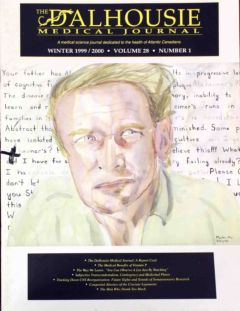Tracking Down CNS Reorganization: Future Sights and Sounds of Somatosensory Research
DOI:
https://doi.org/10.15273/dmj.Vol28No1.4326Abstract
Basic science research on somatosensory reorganization may reveal information on neural plasticity that is critical to preventing phantom limb pain. Somatosensory research in animals relies on techniques that differ considerably from the in vivo methods employed by neurologists. In the past, the majority of research in this area was conducted at one level of the central nervous system (CNS) with a single recording electrode. More recently, new techniques have been introduced into the field of somatosensory reorganization research. A brief description has been made for the following techniques: single and multi-site electrophysiology, neural tracing, immunocytochemistry directed against the products of late and immediate early genes, as well as optical imaging. This paper reviews and evaluates these techniques for their contributions to understanding somatosensory reorganization and the underlying mechanisms of neural plasticity.
Downloads
How to Cite
Issue
Section
License
Authors who publish with this journal agree to the following terms:
- Authors retain copyright and grant the journal right of first publication with the work simultaneously licensed under a Creative Commons Attribution License that allows others to share the work with an acknowledgement of the work's authorship and initial publication in this journal.
- Authors are able to enter into separate, additional contractual arrangements for the non-exclusive distribution of the journal's published version of the work (e.g., post it to an institutional repository or publish it in a book), with an acknowledgement of its initial publication in this journal.
- Authors are permitted and encouraged to post their work online (e.g., in institutional repositories or on their website) prior to and during the submission process, as it can lead to productive exchanges, as well as earlier and greater citation of published work (See The Effect of Open Access).


